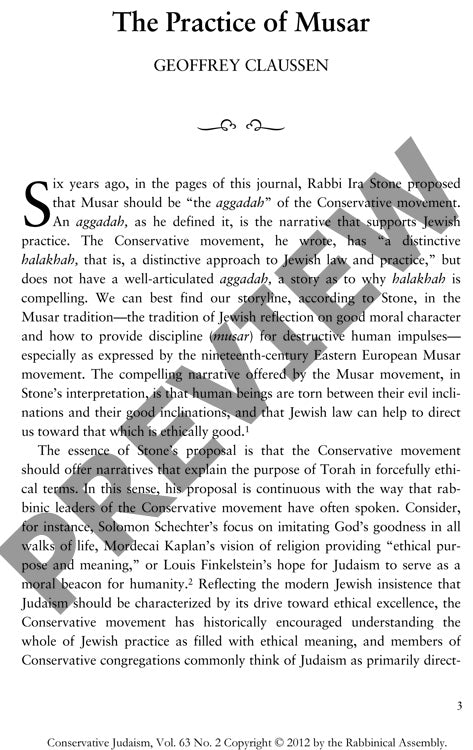The Practice of Musar
Couldn't load pickup availability
Rabbi Ira Stone's proposal to adopt Musar narratives within Conservative Judaism captures only part of what this ethical-spiritual movement could offer modern Jewish practice. While Stone emphasizes theological stories (aggadot), a historical analysis of the nineteenth-century Eastern European Musar movement—particularly through Israel Salanter's teachings—reveals that its practical methods hold greater transformative potential. Drawing from primary Musar literature, eight fundamental categories of practice emerge: text study (both halakhic and aggadic), music and chanting, visualization and meditation, introspection and journaling, conversation and group work, prayer, ritual commandments (mitzvot bein adam la-makom), and ethical commandments (mitzvot bein adam la-haveiro). These practices form a comprehensive system of moral discipline and character development that extends beyond traditional religious obligations, incorporating personalized "stratagems" tailored to individual moral challenges. The Conservative movement would benefit from adopting this practice-based model, which expands the understanding of halakhic obligation to include whatever methods help individuals become better people—recognizing that walking in God's ways requires both adherence to Jewish law and engagement in additional practices that cultivate moral virtue and spiritual growth.

More Information
-
Physical Description
-
Publication Information
Published 2012
ISBN
-
Publication Credits
Geoffrey Claussen

